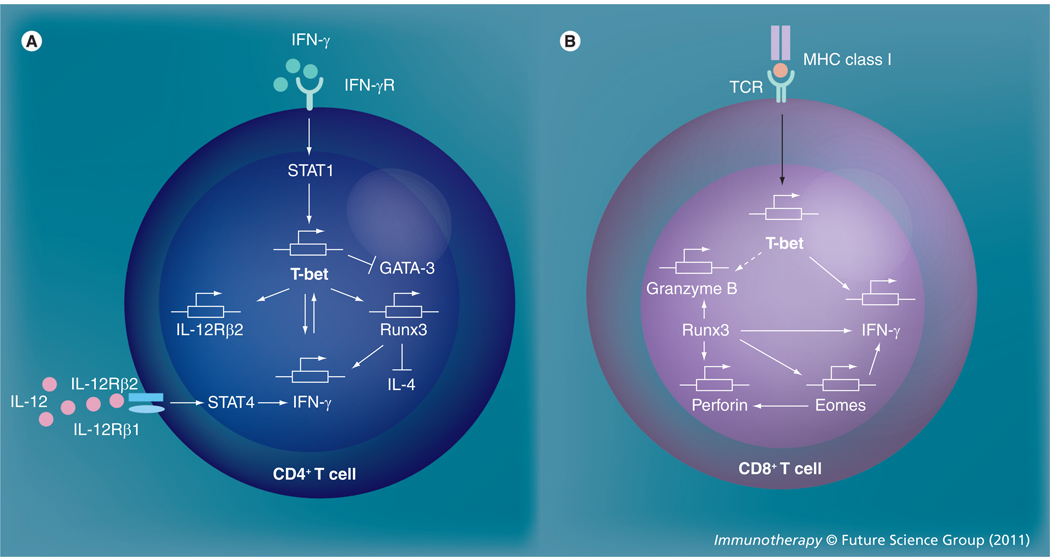Figure 1. Role of T-bet as a transcription factor in the differentiation of T cells.
(A) T-bet is a key regulator of the Th1 differentiation of CD4+ T cells. Once induced by the IFN-γ–STAT1 signaling pathway, T-bet promotes the transcription of IFN-γ and induces Runx3 and IL-12Rβ2 expression. IFN-γ can also enhance T-bet expression in a positive-feedback loop. Runx3 maintains the maximal production of IFN-γ and silences the IL-4-encoding gene. The completion of Th1 development requires IL-12–STAT4 signaling as well as the suppression of the Th2 differentiation-related transcription factor GATA-3 by T-bet. (B) T-bet is involved in the early induction of IFN-γ in the development of cytotoxic CD8+ effector T cells. Upon stimulation via the TCR, T-bet is induced and subsequently induces the transcription of IFN-γ. The transcription factor, Runx3, induces Eomes and then synergistically induces and maintains the production of IFN-γ, as well as the expression of granzyme B and perforin.
Eomes: Eomesodermin; IFN-γR: IFN-γ receptor; IL-12Rβ2: IL-12 receptor β2; TCR: T-cell receptor.

